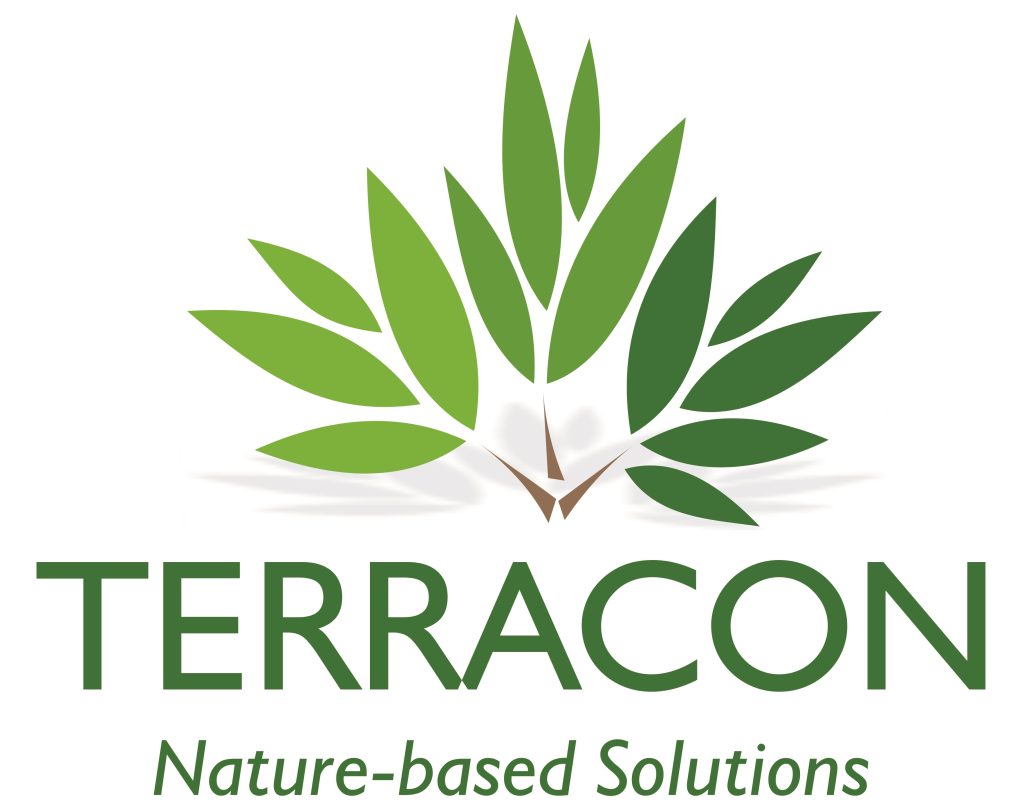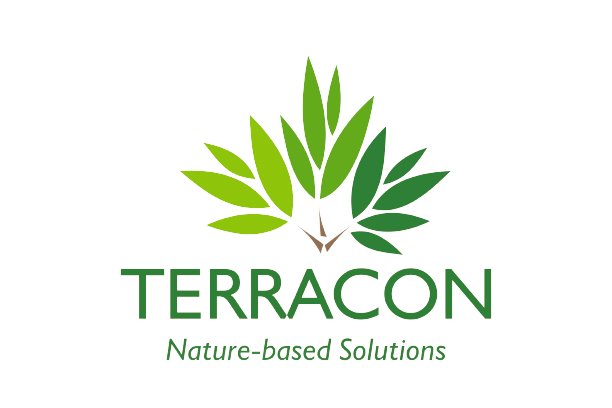It has long been recognized that Nature provides us with more than just greenery to enjoy. Today, we acknowledge these benefits as ecosystem services. To comprehend ecosystem services, we must first understand what constitutes an ecosystem. An ecosystem is an area where living organisms interact with each other and their physical environment, comprising biotic (living organisms) and abiotic components (water, soil, sunlight, etc.). As a result of the interactions among various organisms, including plants, animals, and others, with their surroundings, ecosystems can provide services that benefit society.
As a result of all the different organisms (that includes plants, animals, etc.) and their interactions with their surroundings, ecosystems are often able to provide ecosystem services that we as a society are able to enjoy. There are four types of ecosystem services: Provisioning, Regulating, Cultural, and Supporting. Each type provides different types of benefits. Provisioning services include the direct products we obtain from nature. These include food, medicinal goods, fuelwood and other raw materials (e.g. timber). Regulating services include the improvement of air quality and temperature, protection from natural disasters, preventing soil erosion, sequestering carbon dioxide, etc. An ecosystem’s supporting services include the role they play in natural processes like photosynthesis, nutrient cycling, the water cycle, habitats for organisms, and soil formation. Lastly, ecosystems also provide us with cultural values important to society. These are the aesthetic value (through greenery and landscapes), recreational benefits,
ecotourism, spiritual value, etc.

Historically, we have given more attention to the provisionary services since we derive the most direct, measurable benefits from them. However, over the years, a lot of research has been done to understand and evaluate their regulatory, supporting and cultural benefits too. This means that we now have different means to assess monetary gains and losses with respect to ecosystem services.
Not all ecosystems provide the same services. It differs based on the ecosystem type as well, for example, goods and services obtained from a forest ecosystem differ vastly from those of a grassland ecosystem. Let us consider a few examples of the same:
1) Urban Greenery
Cities are the hub of development and a major source of emissions globally. Globally, cities alone account for 70% of all carbon emissions according to a 2016 International Energy Agency report. 1These high emissions have turned cities into large heat islands as buildings, pavements, and anything concrete replaces natural land cover. This has led to the Urban Island Heat Effect often associated with them. This is where the role of trees (in addition to other urban biodiversity) comes into play. Trees, a
natural carbon sink, sequester carbon from the air. Greening cities through the plantation of appropriate species can provide a multitude of benefits. They provide shade; have a cooling effect that can lead to a reduction in usage of facilities like air-conditioners (saving money and electricity); improve air quality; reduce and filter pollution; sequester carbon and provide aesthetic value (which can indirectly increase property value).
“Strategic placement of trees in cities can help to cool the air between 2 and 8 degrees Celsius, thus reducing the urban “heat island” effect”
2) Coral Reefs (and the Ocean)
Let us now consider what ecosystem services in the ocean might look like. While terrestrial ecosystems are always in plain sight, marine ecosystems often take a back seat in our minds. However, the impact of the ecosystem services they provide is felt just as much. In fact, oceans are an even greater carbon sink than forests. The reason? Phytoplankton. Phytoplanktons are tiny micro-algae in the ocean that photosynthesizes by absorbing carbon dioxide (CO 2) from the air. Phytoplanktons are an essential part of the marine ecosystem, at the bottom of the food chain, and serve as food for many other organisms. Apart from the carbon dioxide needed by phytoplankton, CO 2 is also soluble in water. In fact, without the ocean absorbing such large amounts of CO 2 , Earth’s temperature would have risen a lot more. This is because between 1971 and 2010, the ocean alone has absorbed 90% of the heat from GHG emissions. For all these years, the ocean has been a silent climate regulator. However, ecosystems in the ocean are feeling the effects of absorbing all the heat from the surface. This is evidenced by the increase in mass coral bleaching events in the last few decades.
Coral Bleaching is the whitening of a coral due to the loss of its vibrant colour. Corals get their bright shade from algae known as zooxanthellae (with which they have a symbiotic relationship for food). However, external stresses such as heat can force a coral to expel the zooxanthellae living in their tissues. If prolonged, this can lead to a coral’s death due to loss of a food source.
Coral reefs form their own ecosystems, often referred to as “underwater rainforests”. Over the years coral reefs have been the source of many new medicines. They protect coasts from erosion and storms, support 25% of the ocean’s fish, and provide recreational benefits (diving, snorkelling, ecotourism, etc.). 4 However, as mentioned before, while the ocean has been silently trapping most of the emitted heat, coral reefs are at the forefront of feeling their impact as seen from the rise in bleaching events leading to coral mortality as recorded by studies. The WWF estimates that coral reefs provide goods and services worth 30 billion USD every year. Considering the range of services they provide, conserving and protecting them is just one part of larger ecosystem restoration required.
More than 75% of Earth’s land is degraded. 6 Therefore, knowing what we do about how ecosystems play diverse roles, it is no surprise that the UN has declared the 2021-2030 decade to be the “UN Decade on Ecosystem Restoration”. This international call to action will officially launch on World Environmental Day ( June 5th) this year .The UN estimates that restoring 350 million hectares of degraded land by 2030 will generate 9 trillion USD in ecosystem services.
By leveraging Nature-based Solutions, Terracon Ecotech too renews, recreates & restores terrestrial & aquatic ecosystems to bring natural elements back into the economic mainstream. From restoring lakes and rivers to terrestrial ecosystems, you can learn about our Ecological Restoration activities
The urgent need to restore and preserve these landscapes remains. Reversing this degradation means ensuring resources for our future in a sustainable manner. The message is clear- Healthy Ecosystems = Healthy Planet.
Reference:
https://www.iucn.org/resources/issues-brief/ocean-warming
https://www.noaa.gov/education/resource-collections/marine-life/coral-reef-ecosystems
https://ar5-syr.ipcc.ch/topic_observedchanges.php
https://www.noaa.gov/education/resource-collections/marine-life/coral-reef-ecosystems
https://wwf.panda.org/404error/
https://www.google.com/url?sa=D&q=https://www.nationalgeographic.com/news/2018/03/ipbes-land-degradation-environmental-damage-report-spd/&ust=1714454280000000&usg=AOvVaw3vuj1Dhn9Or-tdmqRAqVaM&hl=en-IN
https://www.decadeonrestoration.org/what-ecosystem-restoration
https://www.iea.org/news/cities-are-in-the-frontline-for-cutting-carbon-emissions-new-iea-report-finds





